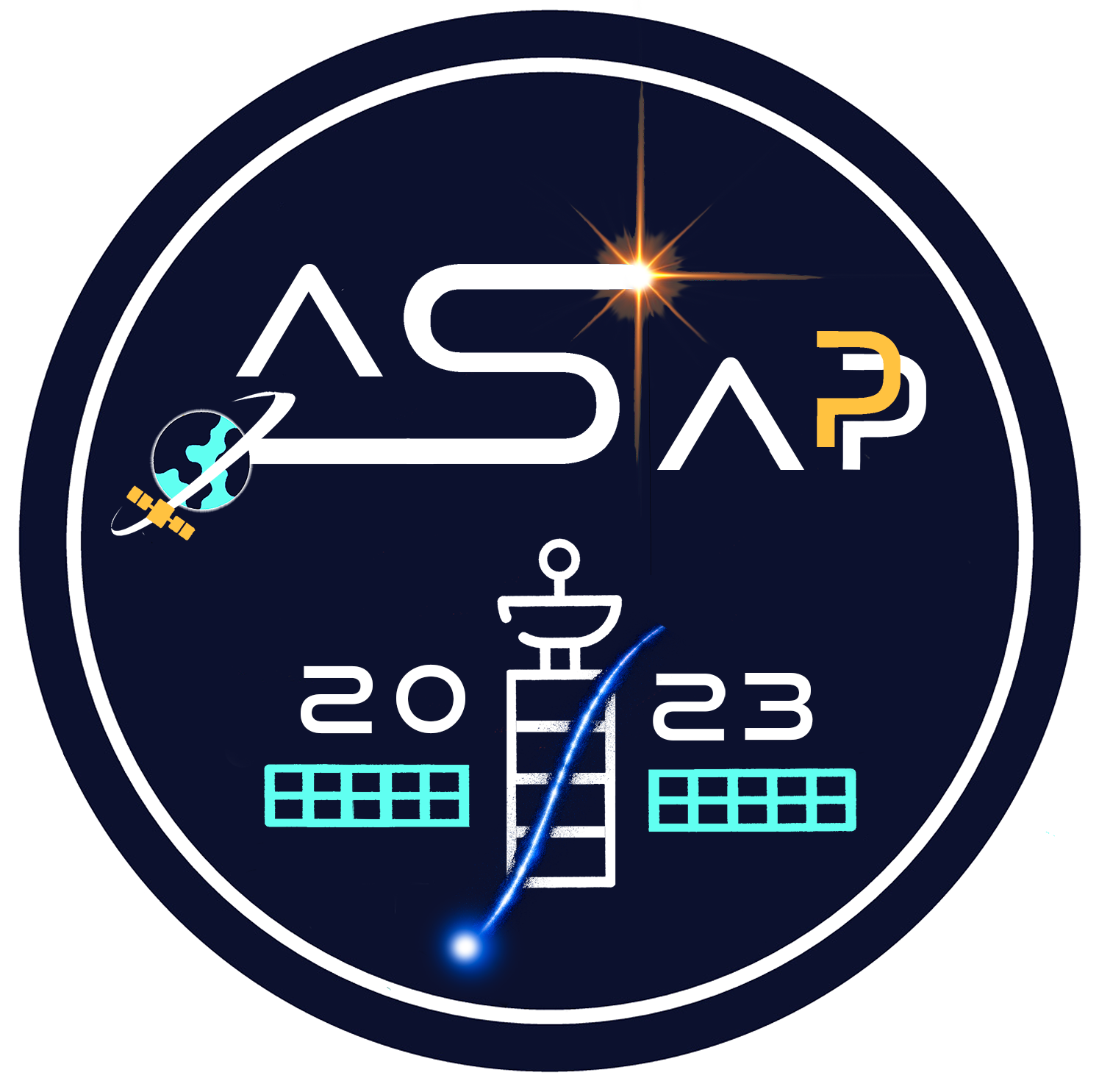Speaker
Description
Serendipitously discovered by the BATSE mission in the nineties, Terrestrial Gamma-ray Flashes (TGFs) represent the most intense and energetic natural emission of gamma rays form our planet. TGFs consist of sub-millisecond bursts of gamma rays (energy up to one hundred MeV) generated during powerful thunderstorms by lightenings (average ignition altitude of about 10 km) and are in general companions of several other counterparts (electron beams, neutrons, radio waves). The ideal observatory for TGF is therefore a fast detector, possibly with spectral abilities and orbiting around Earth in LEO (Low Earth Orbit). To date, the benchmark observatory is ASIM, an instrument flying onboard the International Space Station (ISS). LIGHT-1 was a 3U Cubesat mission launched in December 21st, 2021 and deployed from the ISS on February 3rd, 2022. Communications were lost after 11 months of operations (about twice the expected lifetime of the mission). The LIGHT-1 payload consisted of two similar instruments conceived to effectively detect TGF at few hundred nanoseconds timescale. The detection unit was composed of a scintillating crystal organised in four optically independent channels, read out by as many photosensors. The detection unit was surrounded by a segmented plastic scintillator layer that acted as a VETO for charged particles. The customised electronics consisted of three different boards embedding the power supplies and detector readout, signal processing, detector controls and interface with the bus of the spacecraft. LIGHT-1 used two different scintillating crystals, namely low background Cerium Bromide and Lanthanum Bromo Chloride, and two different photo sensing technologies based on PhotoMultiplier Tubes (R11265-200 manufactured by Hamamatsu) and Silicon Photomultipliers (ASD-NUV1C-P manufactured by Advansid and S13361-6050AE-04 manufactured by Hamamatsu). The LIGHT-1 payload will be described in detail in this talk, along with the payload performances and the preliminary results of the LIGHT-1 mission.
| Eligibility for "Best presentation for young researcher" prize | No |
|---|
